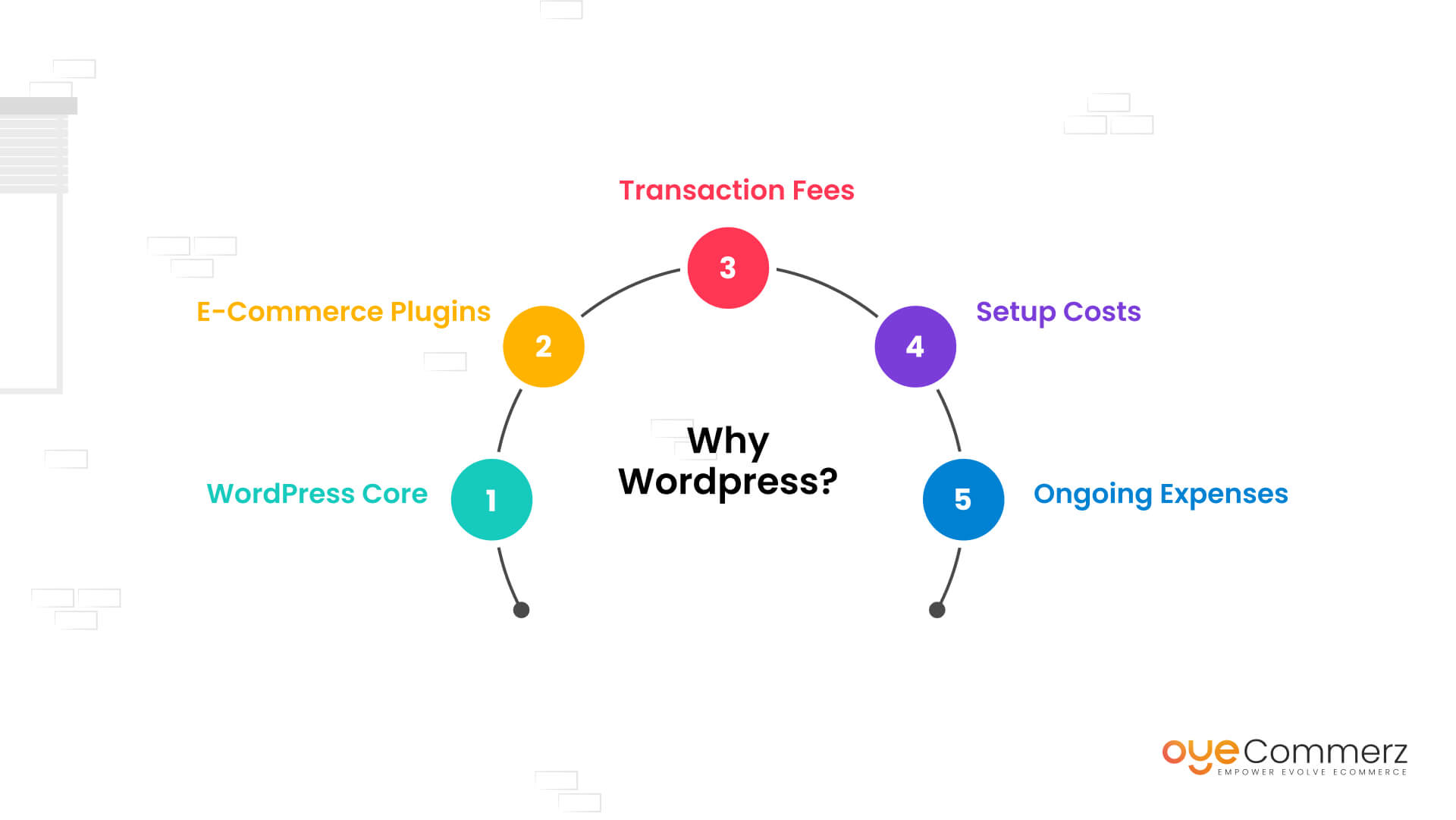Shifting from WP to Shopify marks an promising step toward optimizing your e-commerce operations. As businesses grow, selecting a platform that aligns with scalability, user experience, and flexibility is essential. Shopify has emerged as a favorite for online merchants, providing superior flexibility, security, and user-friendliness. In this guide, we will delve into the transformative impact of this migration, highlight the benefits, and share practical tips to facilitate a smooth move.
1. Top Reasons to Transition from WordPress to Shopify
The combination of WordPress and WooCommerce, continues to support countless online stores. However, as businesses scale, issues like plugin dependency, security vulnerabilities, and technical complexities often obstruct growth. Shopify, designed explicitly for e-commerce, eliminates these issues with an comprehensive, intuitive platform. Real data back this transition—Shopify powers over 4.4 million websites worldwide, with a reported 10% boost to sales conversion rates for many businesses post-switch.
2. Shopify's Perks for Thriving Online Stores
Shopify’s robust ecosystem is tailored for expanding businesses. Its notable features include:
- Effortless Design Flexibility: Shopify offers over 80 expertly crafted themes.
- Built-in Features: Capabilities such as Shopify Payments and built-in SEO streamline operations.
- Global Reach: Multi-currency support and localization features empower brands to expand internationally.
Additionally, Shopify delivers an uptime rate of 99.98%, ensuring your website remains accessible.
3. Getting Ready for Your WP-to-Shopify Transition
Before migrating, assess your current store. Review product data, customer details, and SEO performance. Tools like Shopify’s Migration Kit or third-party solutions help ease the transition. Develop a detailed strategy, making sure all resources—product descriptions, images, and articles—are ready for seamless import.
4. Data Migration: A Critical Step
Data migration forms the foundation for a successful platform switch. When migrating from WP to Shopify, focus on:
- Product Information: SKU, descriptions, and groupings.
- Customer Data: Emails, purchase records, and preferences.
- Search Engine Considerations: Retain meta tags, URLs, and redirects to avoid SEO losses.
Use tools such as LitExtension to streamline data transfer while minimizing errors.
5. Customizing Your Shopify Store
Post-migration, personalizing your Shopify store helps it reflects your brand. Take advantage of Shopify’s drag-and-drop editor to design pages effortlessly. Shopify's templates are mobile-responsive, ensuring a smooth UX across platforms—a key point, since 74% of e-commerce traffic comes from mobile users.
6. How to Protect Your SEO Rankings When Switching Platforms
Search engine optimization is crucial for maintaining your visibility during migration. Shopify is highly optimized for search engines with organized link formatting, preloaded features, and smooth content management. Make sure you:
- Set up URL forwarding for existing links.
- Enhance updated content with targeted phrases.
- Use Shopify's apps Plug in SEO to monitor performance post-migration.
7. Essential Tests After Migrating to Shopify
After finishing the transfer, run detailed checks.
Check: - Page load times (Shopify delivers faster speeds in contrast with WP).
- Payment integration reliability and transaction flow.
- Mobile responsiveness.
Quality assurance guarantees your store provides a seamless shopping journey from the start.
8. Real-Life Success Story
One such migration success story is Gymshark, a fitness apparel brand that moved to Shopify. After the Migration from WordPress CMS switch, the company saw a 60% increase in mobile sales and reduced site downtime. This showcases the capabilities of Shopify in enhancing e-commerce growth.
9. Challenges and Solutions
Migration comes with challenges, such as information accuracy and reconfiguring custom functionalities. However, Shopify’s extensive assistance and third-party experts simplify the process. Collaborating with qualified Shopify developers helps guarantee a trouble-free transition.
10. Making the Switch: The First Step Toward Success
Migrating from WordPress to Shopify marks a strategic approach to online retail. By focusing on growth, streamlining operations, and enhancing the customer experience, Shopify enables companies to succeed in challenging industries.
Final Thoughts
Transitioning from WP to Shopify offers a smart solution that can significantly boost your e-commerce success. With a robust migration plan, the right tools, and expert support, you can unlock new growth opportunities.
Ready to make the leap? Reach out today to learn how our Shopify migration services can revolutionize your online store. Contact us now, or ask WordPress migration to Shopify yourself: Can your business afford to miss out on Shopify’s growth potential?
